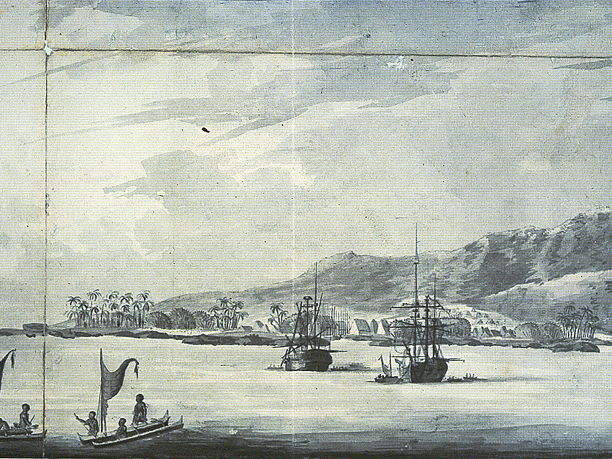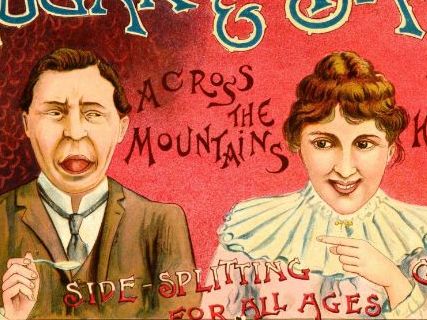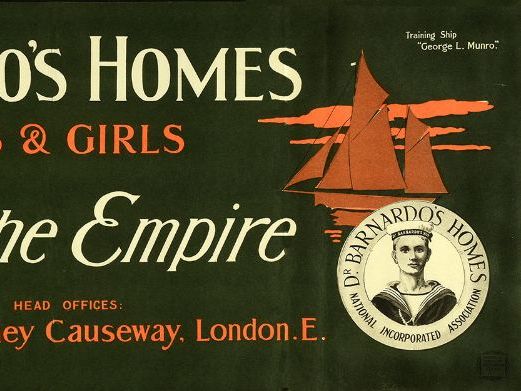The National Archives Education Service
The Education Service provides free online resources and taught sessions, supporting the National Curriculum for history from key stage 1 up to A-level. Visit our website to access the full range of our resources, from Domesday to Britain in the 1960s, and find out about more about our schools programme, including new professional development opportunities for teachers.




















